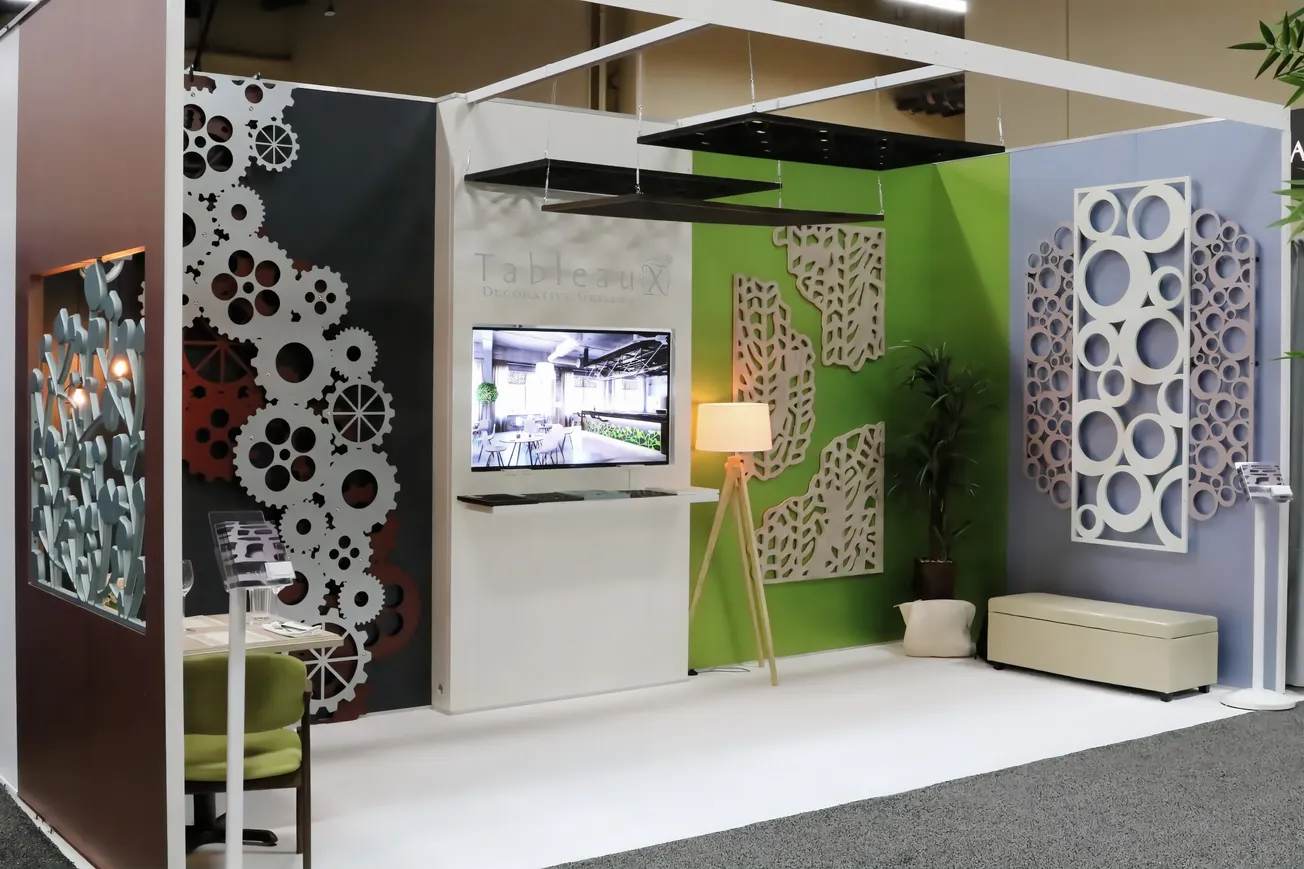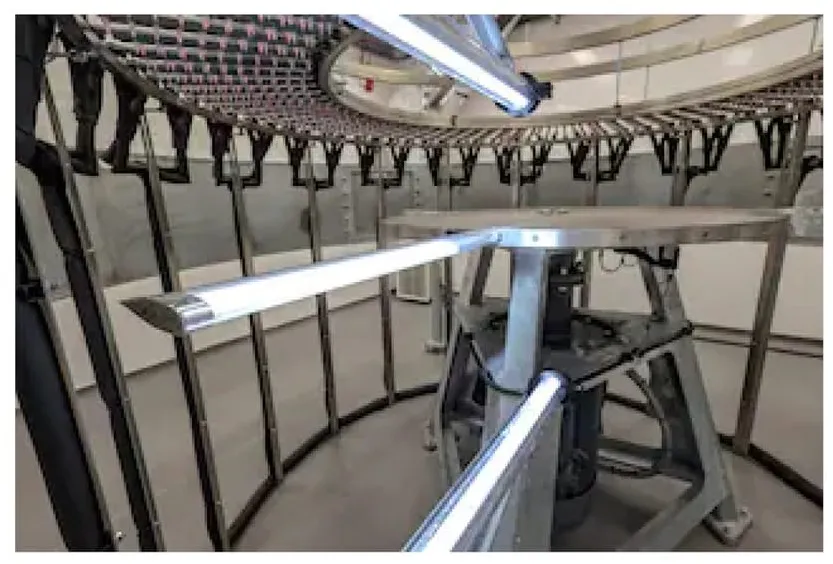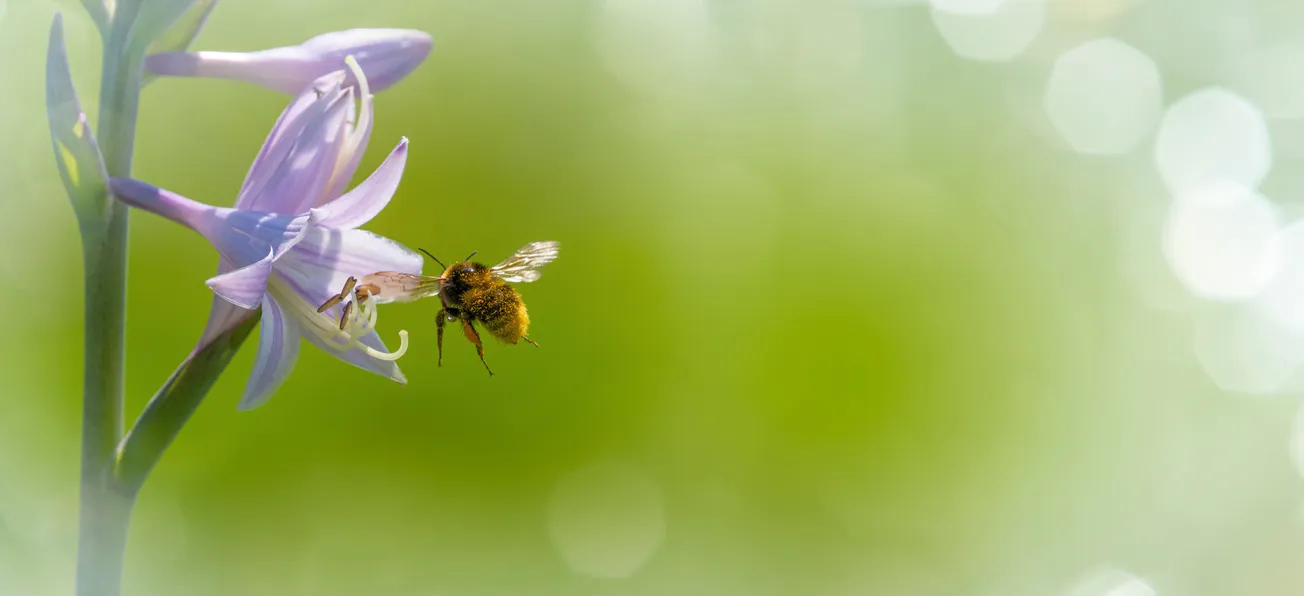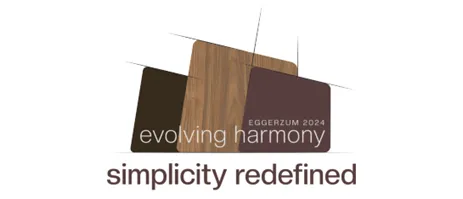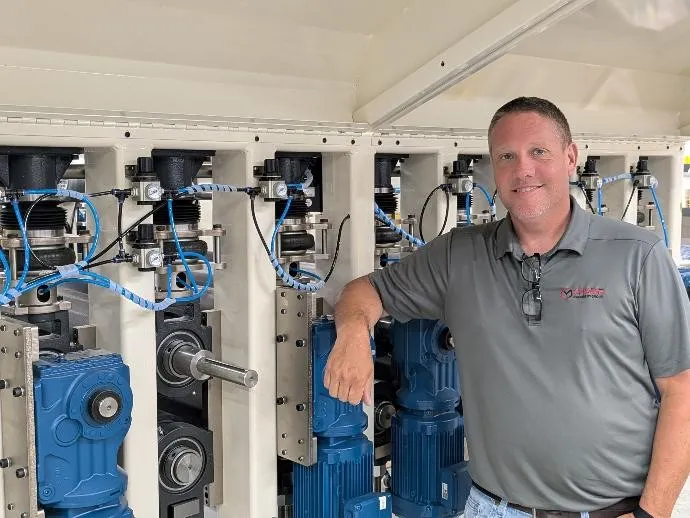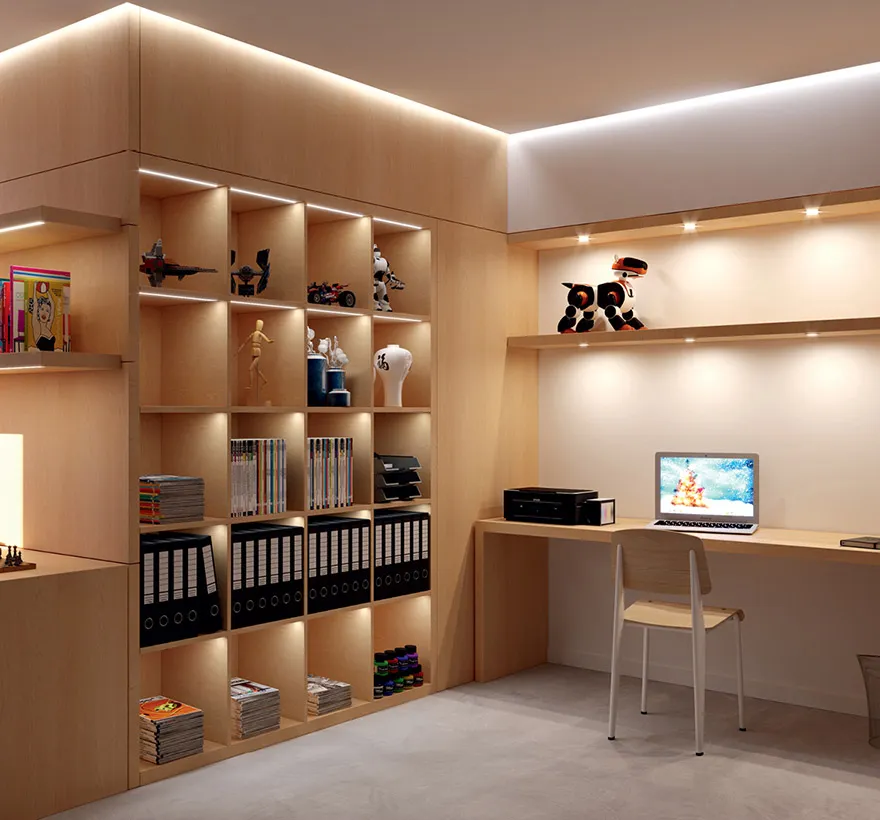Table of Contents
Two Tough and Fashionable Finishes
By Rich Christianson
Among the many options for finishing MDF, two of the most durable are two-component polyurethane and powder coating. These two methods are worlds apart in their resin chemistry, process application and curing. Yet both can effectively render attractive coatings that will hold up well in high-demand spaces ranging from kitchens and offices to laboratories and retail stores.
Polyurethane product launch
One of the newest additions to the two-component acrylic polyurethane category is M.L. Campbell’s Polarion, which Brian Cowman, senior product manager wood finishing systems, called “our highest performing wood coating technology. It provides great clarity, great scratch protection and great stain resistance.”

Polarion debuted at the AWFS Fair last July and began shipping to customers at the end of the year. Its introduction followed strenuous testing in which it received excellent ratings for hot and cold resistance, edge soak, pencil hardness and more. In addition, test results met or exceeded the finish performance standards set by the Scientific Equipment and Furniture Association, Architectural Woodwork Institute and Kitchen Cabinet Manufacturers Association.
The Polarion line of interior finishes consists of primers, sealers, tintable pigment and clear topcoats with a full range of sheens. Not only is Polarion well-suited for kitchen cabinets and laboratory furniture, its chemical, moisture, scratch and stain resistance can withstand the abuse frequently subjected to conference tables and bar tops.
The pigmented version is the most obvious choice for coating MDF, particleboard and hardwood plywood, Cowman said. Pigmented is available as a base white but can be tinted to any solid color.
“Customers can choose from any of the many colors in our fan deck or can order a custom-matched color from one of our distributors,” he said.
The two-component system is a spray-on, fast-curing finish consisting of a base and a catalyst. The pot life is typically two to four hours, Cowman said.
With the launch of Polarion, M.L. Campbell is phasing out its EuroBild series of two-component polyurethane finishes. Cowman said an important advantage of Polarion versus EuroBild is that the product is more user-friendly.
“While EuroBild has different catalysts and mix levels for primers, topcoats, etc., Polarion has only one catalyst and one mix ratio for the full product line,” he said.
Powder on MDF: Seamless, durable and green
In addition to being durable, two of the greatest appeals of putting a powder coat over MDF are that it offers seamless and seemingly endless design possibilities. The technology can be used to finish intricate shapes, 3-D profiles and cut-outs of parts with one coat and in one pass on both sides and all edges. Thus, no edgebanding or secondary processes are required.
Powder coating is also a green process. It emits no volatile organic compounds (VOCs) or hazardous air pollutants (HAPs).
DVUV of Cleveland, Ohio, has more than 15 years of experience applying powder coating to MDF and other heat-sensitive substrates, including wood, plastic and metal. Two distinctive and important talking points about this early adopter’s business model are that it specializes in UV-cured powder coats and operates as a job shop, fabricating and finishing MDF components for customers to order.
Rebecca Lonczak, marketing manager for DVUV, said the company uses a standard grade MDF with superior powder coating conductivity. She added that MDF is an ideal substrate for wood powder coating because of its great machining characteristics, including consistent surface smoothness and edge integrity.
“We get a lot of our business due to speed,” Lonczak said. “If someone needs 5,000 panels in a short lead time, they know they can come to us to get the job done and make their deadline. Because of the speed of the UV process (typically 20 minutes from start to finish), we can crank out a lot of parts real fast.”
Retail store fixtures, shelving and work surfaces have long been the core market for DVUV.
“Powder coating offers especially high durability in retail environments,” Lonczak said. “Paint and laminate will chip where powder coating does not.”
Office furniture has traditionally been DVUV’s second-largest market, and health care is coming on fast, Lonczak said. “One of our largest customers makes a wall-mounted unit that holds blood pressure and other diagnostic equipment.”
 DVUV’s plant sits alongside Keyland Polymer, a fully integrated sister company that develops and manufactures UV powder coating materials for sale on the open market. Keyland is equipped with a laboratory that can color-match based on the Pantone Matching System, a laminate color or any sample submitted by a customer.
DVUV’s plant sits alongside Keyland Polymer, a fully integrated sister company that develops and manufactures UV powder coating materials for sale on the open market. Keyland is equipped with a laboratory that can color-match based on the Pantone Matching System, a laminate color or any sample submitted by a customer.
“We can do any standard opaque color, including metallics and glitters,” Lonczak said. “Our standard finish has a micro texture, and while we don’t have a true matte finish, we can drop the gloss level pretty low to mimic that.”
Even after 15 years in the powder coating business, Lonczak said DVUV does a fair amount of missionary work.
“We’re still educating people on a daily basis. We still get phone calls and talk to people at trade shows who didn’t know you could powder coat MDF,” she said.
Not only is Polarion well-suited for kitchen cabinets and laboratory furniture, its chemical, moisture, scratch and stain resistance can withstand the abuse frequently subjected to conference tables and bar tops.
Powder coating technology can be used to finish intricate shapes, 3-D profiles and cut-outs of parts with one coat and in one pass on both sides and all edges.
“Because of the speed of the UV process (typically 20 minutes from start to finish), we can crank out a lot of parts real fast.”
Rebecca Lonczak, marketing manager for DVUV



